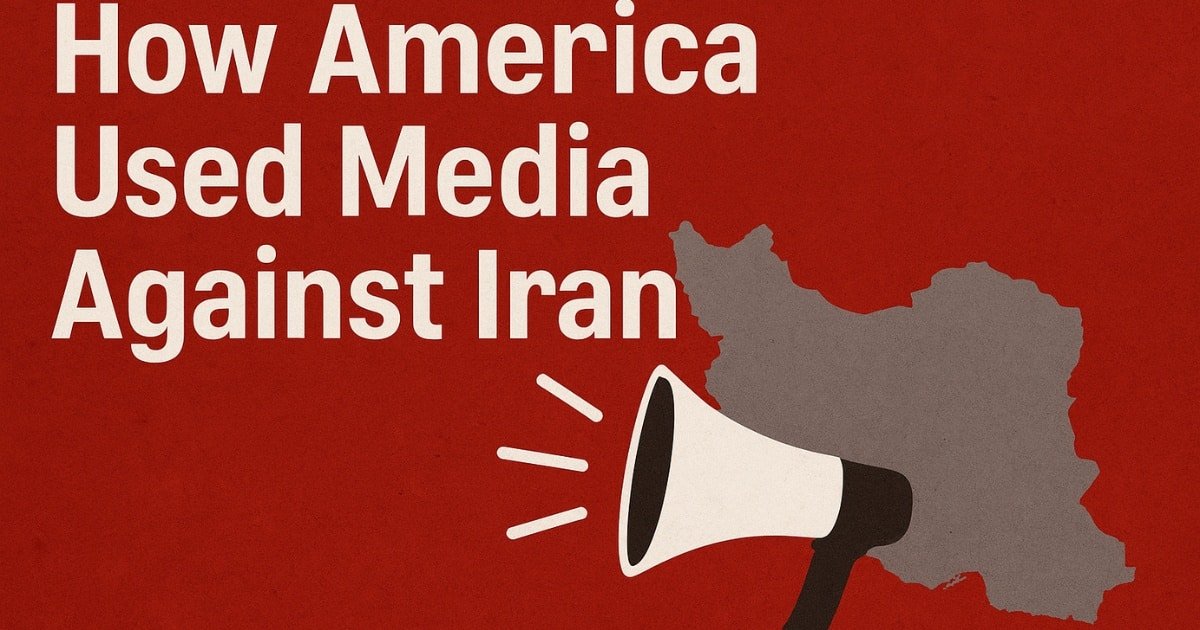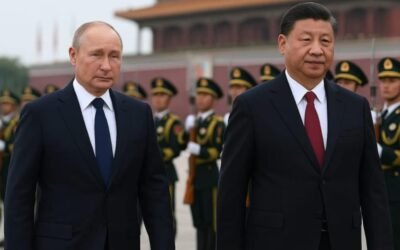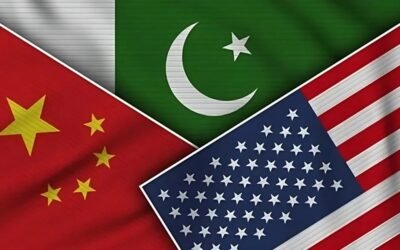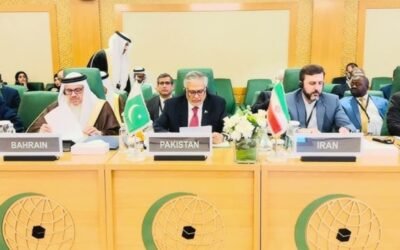Media isn’t just for storytelling—it can be a powerful tool to shape views. Over time, the U.S. has used media strategically to influence how Iran is seen, both inside and outside the country. From Cold War-era broadcasts to today’s digital campaigns, these efforts have shaped global perceptions of Iran in key ways.
During the Cold War, the U.S. ran programs like Voice of America (VOA) and Radio Farda, broadcasting directly into Iran. These channels presented U.S. perspectives while criticizing Iranian policies, aiming to sway public opinion. They were not only news outlets but also instruments of soft power. By framing issues in a way that aligned with American interests, these broadcasts shaped how Iranians understood global politics and their own government.
In more recent years, the U.S. has turned to digital platforms. Social media campaigns, think tank reports, and Hollywood portrayals have influenced international audiences. Movies and TV shows often depict Iran as a threat, reinforcing negative stereotypes. At the same time, U.S.-based Persian-language media highlight political unrest, corruption, or human rights issues in Iran, while giving less space to stories that show progress or resilience.
Such strategies create a one-sided picture. While Iran certainly faces internal challenges, the heavy use of media narratives by the U.S. makes sure the world sees Iran mostly through the lens of conflict and crisis. In today’s information age, this kind of narrative warfare is as powerful as economic sanctions or diplomacy. It shows how the media remains central to the U.S. strategy toward Iran.
You May Like To Read: Rethinking Strategic Depth: From Kabul to Gwadar
Cold War Propaganda and the 1953 Operation Ajax
The U.S. used media during the Cold War to influence Iran’s political direction. In 1953, the CIA helped overthrow Prime Minister Mohammad Mosaddegh after he nationalized Iran’s oil. U.S. agents planted stories in Iranian newspapers and orchestrated public messaging that portrayed Mosaddegh as corrupt and anti-Western. The media campaign played a key role in turning public opinion. Operation Ajax (1953) shows how media can be used to influence politics in another country.
Digital Influence Campaigns in Modern Times
Recent research has revealed U.S.-linked social media campaigns aimed at shaping narratives in Iran—alongside Russia and China. Between 2020 and 2022, coordinated accounts posed as local personas and spread messages tailored in Farsi and other languages. The goal was to sway opinions on social issues and criticize the Iranian leadership. These accounts operated on Twitter, Facebook, Instagram, and Telegram. Platforms later confirmed and removed many of the fake accounts.
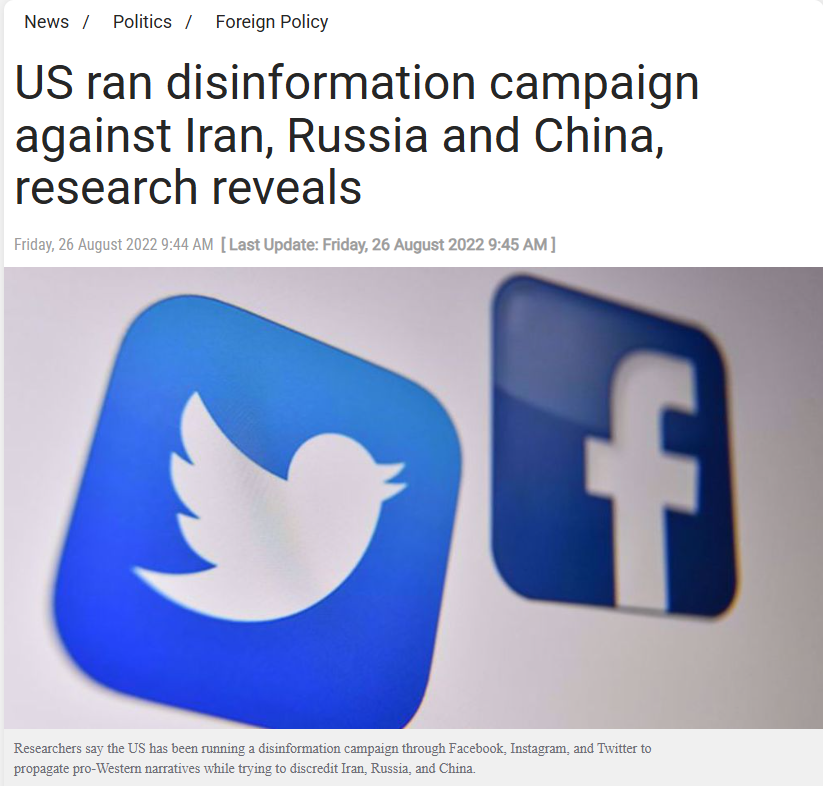
Image Credit: Press TV
VOA and Radio Farda During the 2022 Protests
Voice of America’s Persian service and Radio Farda increased their coverage of protests after Mahsa Amini’s death. VOA’s Persian content received hundreds of millions of video views, while Radio Farda documented protester deaths and interviews with victims’ families. These reports spread even with Iranian internet shutdowns. As a result, these outlets were branded threats by Iran’s Supreme Leader.
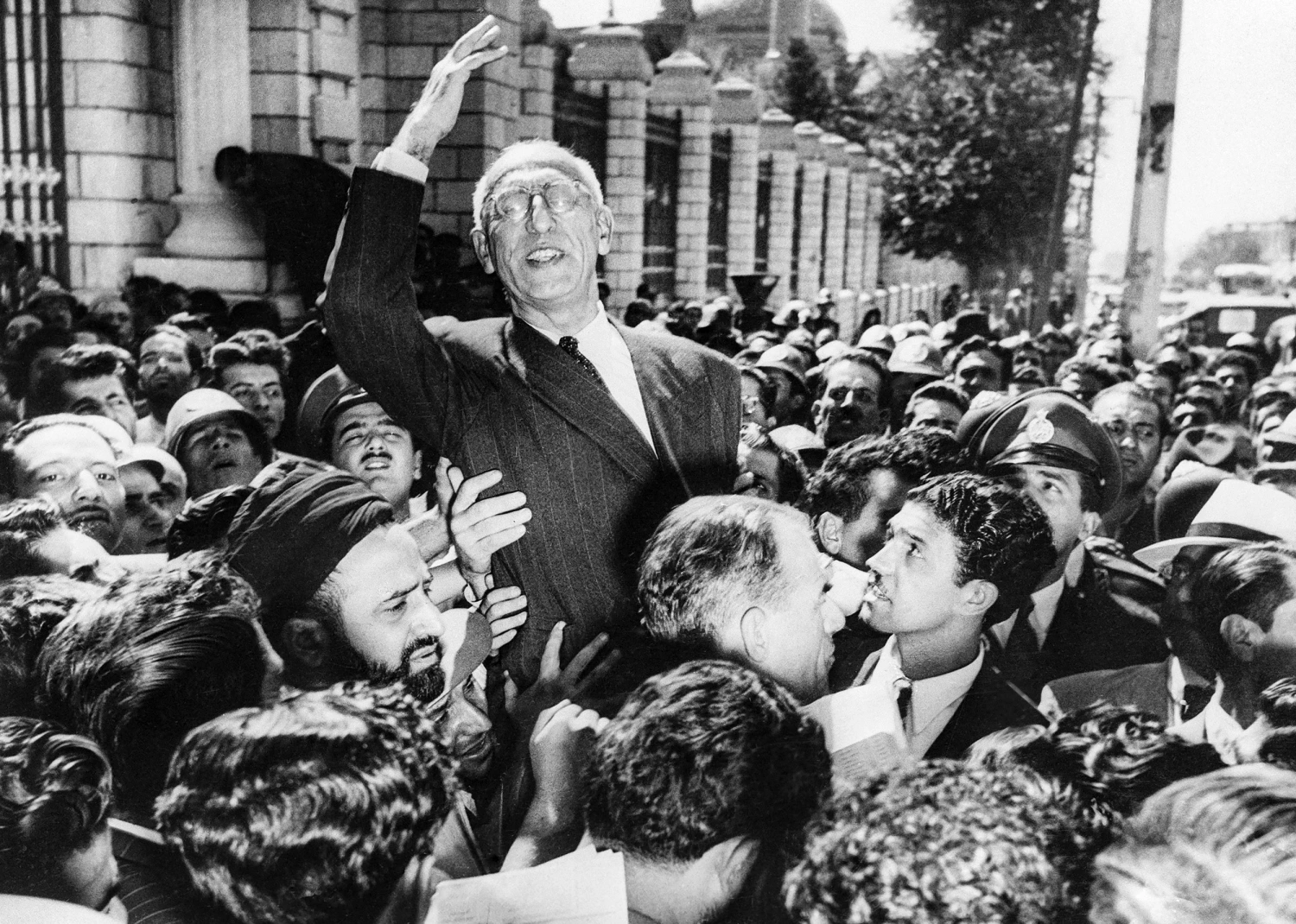
Image Credit: NBC News
“Operation Earnest Voice” in the Middle East
“Operation Earnest Voice” was a U.S. military communication program aimed at foreign audiences. It used online personas—also called sockpuppets—to promote U.S. views on foreign-language forums. The operation aimed to counter extremist content by amplifying moderates. It began in Iraq and expanded across the Middle East.
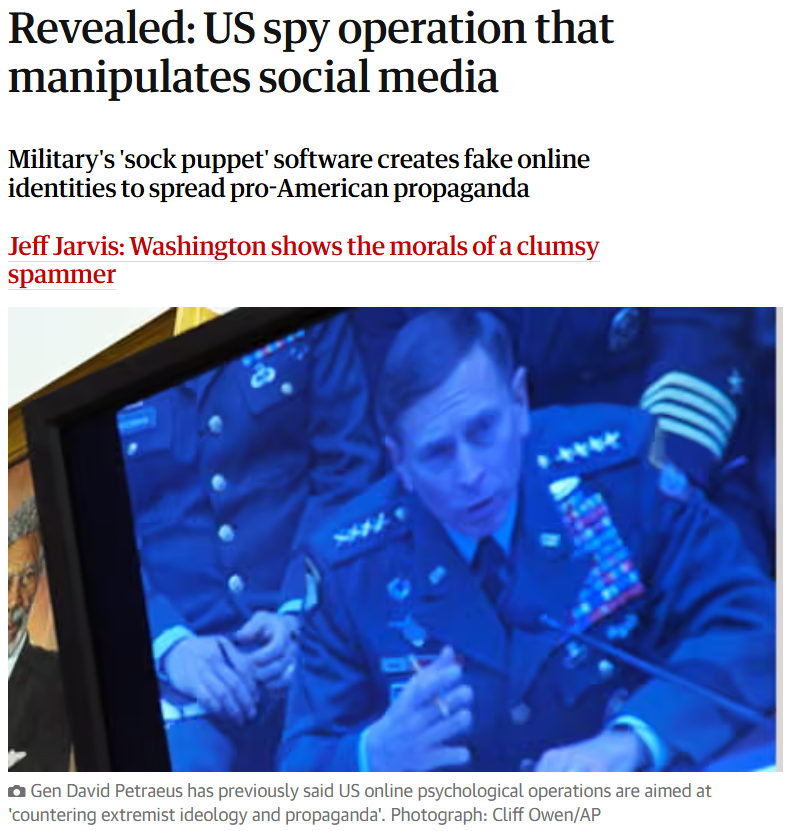
Image Credit: The Guardian
Framing Iran as a Regional Threat
Some media narratives perpetuated by mainstream outlets, including Vox, portray Iran as a central menace or “proxy-war player.” For example, Vox depicted regional conflicts, like those in Syria and Yemen, as proxy wars between Iran and Saudi Arabia. Critics say this simplifies the reality, ignores U.S. involvement, and echoes a U.S.-shaped narrative.
Framing Through Headlines and Statistics
In 1988, the U.S. Navy shot down Iran Air Flight 655, killing all 290 on board. Comparisons between this event and similar actions by the Soviet Union showed how framing can affect public opinion. U.S. media described the incident as a tragic mistake, while Soviet actions were framed as moral crimes. This influenced global narratives about Iran.
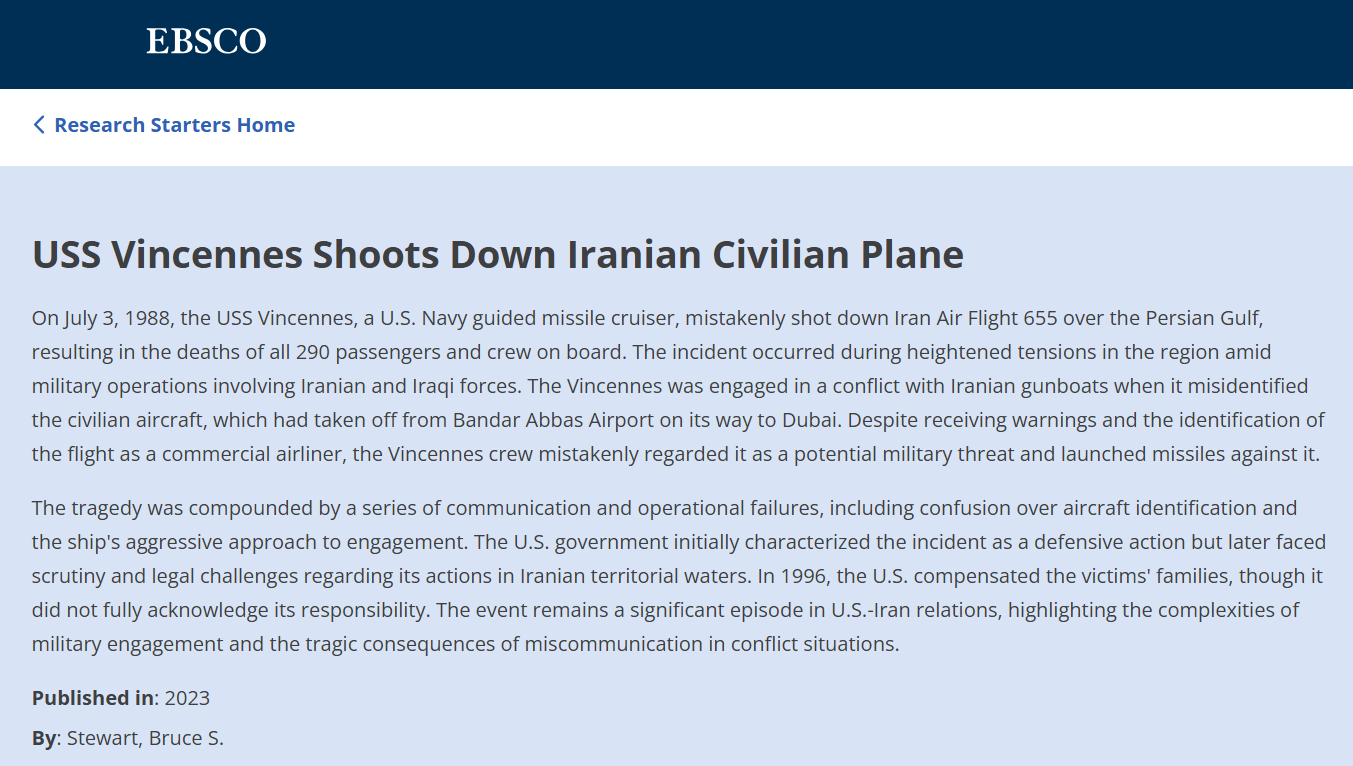
Image Credit: Ebsco
Recent VOA as a Political Tool
During recent military strikes on Iran, Voice of America was used to broadcast a message from President Trump in Farsi to the Iranian people. This marked a shift from VOA’s role as independent journalism to direct presidential messaging. VOA has recently faced massive layoffs, raising concerns about its future.
Patterns in Media Use
Across these cases, several patterns emerge:
- Broadcasting agendas — from radio signals during the Cold War to digital feeds today.
- Information operations — planting stories, using fake accounts, and spreading bias.
- Framing through language — shaping news tone and emotional direction.
- Direct communication — from VOA broadcasts to reports attacking Iran’s actions.
Why This Matters?
Media shapes perception, not just in Iran but worldwide. When narratives are managed strategically, they influence global policy, public sentiment, and historical memory. For a nation like Iran, often criticized or isolated, controlling its image can sway support or suppress dissent.
How Readers Can Push Back?
- Ask where news comes from. Check source reputation.
- Seek multiple views. Don’t rely on a single media source, especially from politically influenced outlets.
- Support independent journalism. Local reporting and diaspora media often give more context and balance.
From Cold War broadcasts that shaped a coup to modern digital campaigns aimed at shaping public views, the U.S. has used media as a strategic tool against Iran. This includes ideological framing, information operations, and outright propaganda.
Knowing how media can be used to influence helps us stay informed truthfully. When the media is a tool of power, not truth, citizens everywhere must stay sharp. In an age of battle for hearts and minds, seeing through media influence is essential.
You May Like To Read: Regulating the Infoscape: PECA, PTA, and Legal Responses to Information Warfare (IW16)

